Let’s face it; a family history packed with bare facts would be pretty boring. (Think page after page of names, dates and marriages.)
But sprinkle in some visual details — graphics, or maybe even a picture – and that family history springs to life!
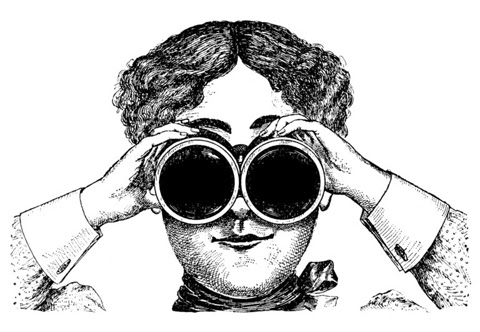
So, what if you don’t have a photo from, say, 1835 to add to your family’s saga? What kinds of “color of the times” can you include?
Here are a few suggestions to help you find some hidden visual history to spark up your family history saga!
-
Give That Place a “Face”:
Old maps not only help your reader understand where your story took place. They also give a feel for what that place looked like. Was there a gigantic lake nearby? How close was it to Chicago or another center of industry? Maps can be “colorful” in the literal sense as well – check out this bright charmer! I love the old typography as well as the vivid colors.

Vintage maps are hugely helpful for finding the exact location where your ancestors lived. Place names change more frequently than we might imagine; some towns or counties no longer appear on modern maps. Maps can also help you see which roads and other features existed (or didn’t exist) in a particular year. - An unexpected plus to look for: Some antique maps featured sketches of prominent buildings or landmarks around the border. Those illustrations can let your reader “see” exactly a town looked in a particular year.
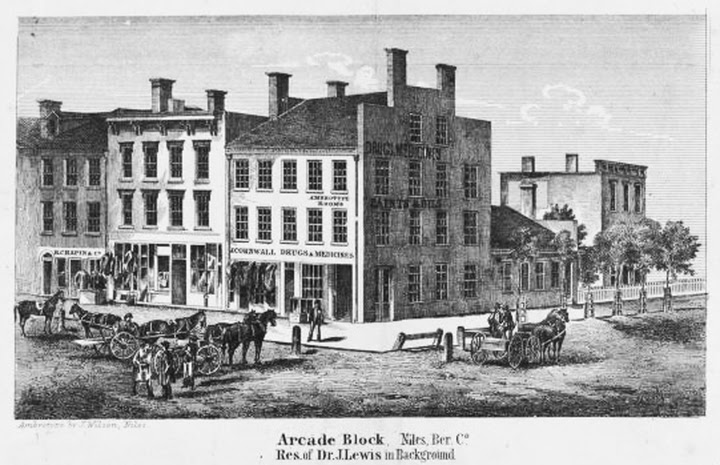
- Tip: Tons of great old maps are available free (and searchable) on the Library of Congress website: https://www.loc.gov/maps/
collections/
Check Out City Directories:
Back in the day, many cities published an annual “directory” listing all of its businesses and residents. Check out not only the names, but also the ads in a city directory to add visual flair to your narrative!
- Tip: Here is a link to find San Francisco city directories, for example: https://tinyurl.com/rl59h8n. Or simply Google “city directory” and the town you are looking for.
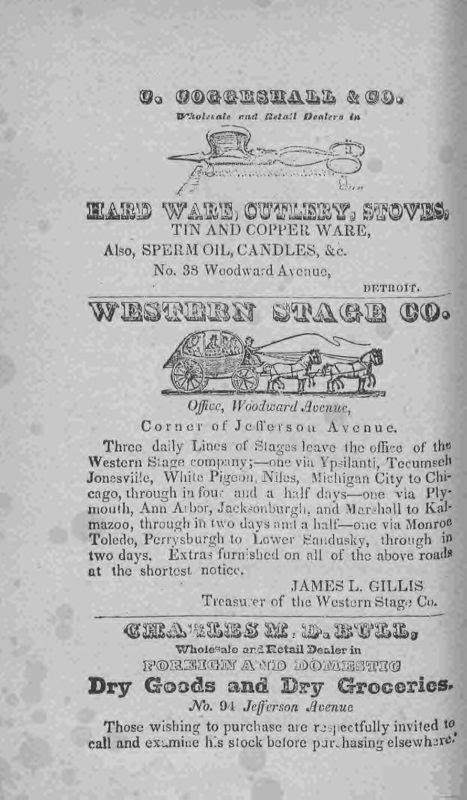
Step Back In Time With Newspapers:
Don’t think of newspapers merely as a repository of news. Vintage hotel ads might include a sketch of the hotel itself. Ads featuring period products and prices can also make great graphics.
- Tip: Wonderful collections of vintage newspapers are available online through paid services like newspapers.com (one of my favorites). But the Library of Congress also has a wonderful free collection of old newspapers from all over the country called “Chronicling America”. Check it out here: https://
chroniclingamerica.loc.gov/
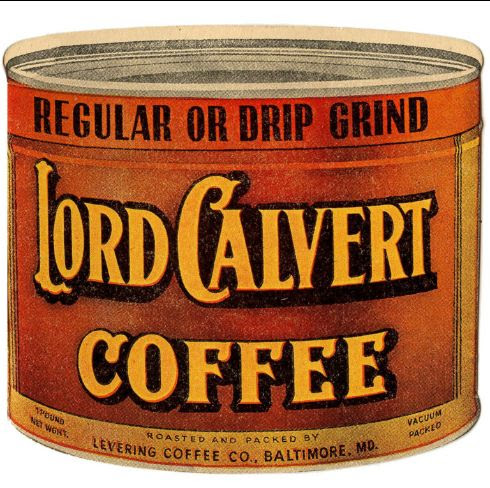
Reach Out to Local History Experts:
Local historical societies are a great and often-overlooked resource. Just search for a historical society, museum, or library local history room by the town or county.
- Tip: Many historical societies publish a town history with visual highlights of the town in days gone by. Or call and ask if they can put you in touch with a local historian who can answer questions or shed light on the area. They’ll often know of old photographs or other illustrations unique to the town or vicinity. And most are super-helpful if you let them know you’re searching for details of your family’s history.
_________________________________
Family history is a treasure for future generations!
Share our book with your friends for the holidays. 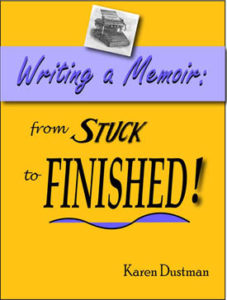
Get it on Amazon.com!
